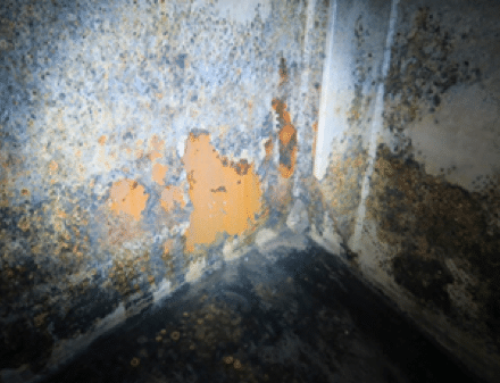At CCS Yacht, we know all about superyachts and their paint. Now it’s time to share that knowledge with you.
Gloss is a visual impression that is caused when the surface is evaluated and makes objects appear either shiny, matte or metallic. The factors involved in visual evaluation are the surface condition, illumination and the observer. On a glossy surface, the incident light is directly reflected on the surface, only in the main direction of reflection. The angle of reflection is equal to the angle of incidence.
The difference in gloss on a mat or semi mat surface can be seen by the human eye but on a gloss coating above 60 GU, it becomes very difficult to notice differences. Gloss is measured by shining a certain amount of light at a surface and quantifying the reflectance. The angle of the light and the method by which the reflectance is measured are determined by surface.
The specular gloss, or specular reflection measurement, is a reading of the amount of reflected light intensity and is compared to the amount of reflected light from a black glass standard with a defined refractive index. Gloss level can be measured using gloss meters, but care must be taken that gloss readings are taken from a variety of areas and that a statistically suitable number are taken to give some significance to the results. A large 50-meter Superyacht could, for example, require up to 250 readings.
Measurements should be taken properly scattered over the horizontal and vertical surfaces. The gloss-meter measures the specular reflection and the light intensity is registered over a small range of reflection angels.
Image quality is measured at an angle of 60° and 20° in accordance with the ISO 2813 Gloss standard. This standard states that measurements should first be taken at 60º to determine the start position. When above the 70GU and when below the 10GU to the 85º geometry, the user should switch to the 20º geometry. Above 70 GU the 60º geometry loses its ability to differentiate.
However in the yacht industry the measurement of high glossy surfaces are carried out by an angle of 60º instead of the specified 20º. This to be able to compare the values with measurements taken when degradation of the finish coat takes place after a period of for instance 2 years.
Reported measurements are comprised of 3 separate measurements taken within a maximum 5 cm from each other. The three measurement results average are documented.






